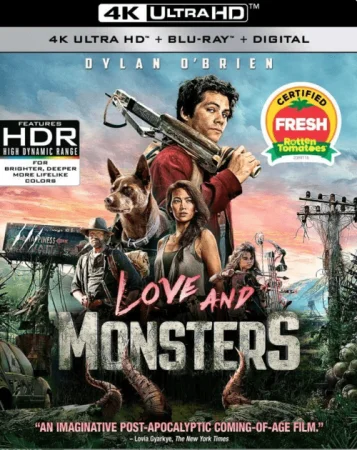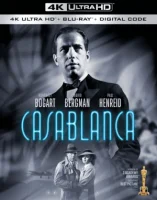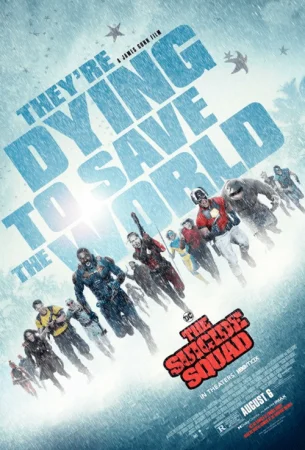Featured Movies
The Maltese Falcon 4K 1941 Ultra HD 2160p
Сountry: USA
Genre: Drama
Language: English, German, Italian, Spanish
Cast: Humphrey Bogart, Mary Astor, Gladys George, Peter Lorre, Barton MacLane, Lee Patrick, Sydney Greenstreet, Ward Bond, Jerome Cowan, Elisha Cook Jr., James Burke, Murray Alper, John Hamilton, Charles Drake, Chester Gan, Creighton Hale, Robert Homans, William Hopper.
Storyline
Spade and Archer is the name of a San Francisco detective agency. That's for Sam Spade and Miles Archer. The two men are partners, but Sam doesn't like Miles much. A knockout, who goes by the name of Miss Wonderly, walks into their office; and by that night everything's changed. Miles is dead. And so is a man named Floyd Thursby. It seems Miss Wonderly is surrounded by dangerous men. There's Joel Cairo, who uses gardenia-scented calling cards. There's Kasper Gutman, with his enormous girth and feigned civility. Her only hope of protection comes from Sam, who is suspected by the police of one or the other murder. More murders are yet to come, and it will all be because of these dangerous men -- and their lust for a statuette of a bird: the Maltese Falcon.
User Review
Humphrey Bogart died nearly fifty years ago, but polls still put him at the top of all-time Hollywood stars. What turns a man into a legend? The man himself wasn't much: a slight build, not too tall, no Stallone muscles to swell his suit. What he had in classic films like `The Maltese Falcon' was a voice that cut through a script like a knife. `The Maltese Falcon,' directed by John Huston in 1941, reprised Dashiell Hammett's thriller. (It had been filmed before.) Hammett practically invented the tough guy so deep in cynicism nobody could hope to put anything past him. The novel, thick with plot, wasn't easy for director John Huston to untangle. Few people who cherish this film can summarize its story in a sentence or two. I'll try. San Francisco private eye Sam Spade (Bogart) is pulled into the search for a fabulously valuable statue by a woman who seeks his help. First, his partner is killed, then Spade pushes through her lies to uncover connections to an effete foreigner (Peter Lorre) and a mysterious kingpin (Sydney Greenstreet). The story unfolds like a crumpled paper. But the whodunit becomes less important than how we respond to the strong screen presence of Bogart and his co-stars. That's what makes `The Maltese Falcon' a classic. We see more and appreciate more each time we watch it. The art of Huston and Bogart doesn't come across until a second or third viewing. Huston invented what the French called film noir, in honor of Hollywood films (often `B' movies, cheap to make, second movies in double features) that took no-name stars into city streets to pit tough guys, often with a vulnerable streak, against dangerous dames. Audiences knew that when the tough guy said, `I'm wise to you, babe,' he'd be dead within a reel or two. Bogart was luckier than most noir heroes, but it cost. Struggling to maintain his own independence against the claims of love or his own penchant towards dishonesty the Bogart hero can do little better than surrender, with a rueful shrug, to the irony his survival depends on. The climax of `The Maltese Falcon' ranks with the last scene of `Casablanca,' another Bogart vehicle, in showing how the tough guy has to put himself back together after his emotions almost get the better of him. That assertion of strength, bowed but not broken, defines the enduring quality of Bogart on screen. For Huston, telling this story posed a different problem. Telling it straight wasn't possible too many twists. Huston chose to focus on characters. One way to appreciate Huston's choices is to LISTEN to the movie. Hear the voices. Notice how in long sequences narrating back story, Huston relies on the exotic accents of his characters to keep us interested. Could we endure the scene in which Greenstreet explains the history of the Maltese falcon unless his clipped, somewhat prissy English accent held our attention? Also, we watch Bogart slip into drug-induced sleep while Greenstreet drones on. Has any director thought of a better way to keep us interested during a long narrative interlude? And is there a bit of wit in our watching Bogart nod off during a scene which, if told straight, would make US doze? All of this leads to the ending, minutes of screen time in which more goes on, gesture by gesture, than a million words could summarize. He loves her, maybe, but he won't be a sucker. The cops come in, and the emotional color shifts to gray, the color of film noir heroes like Bogart. Bars on the elevator door as Brigid descends in police custody foreshadow her fate in the last image of Huston's film. But after the film, we're left with Spade, whom we like and loathe, a man whose sense of justice squares, just this once, with our own, maybe. Black and white morality prevails in a black and white movie, but Sam Spade remains gray and so does our response to this film classic.
Spade and Archer is the name of a San Francisco detective agency. That's for Sam Spade and Miles Archer. The two men are partners, but Sam doesn't like Miles much. A knockout, who goes by the name of Miss Wonderly, walks into their office; and by that night everything's changed. Miles is dead. And so is a man named Floyd Thursby. It seems Miss Wonderly is surrounded by dangerous men. There's Joel Cairo, who uses gardenia-scented calling cards. There's Kasper Gutman, with his enormous girth and feigned civility. Her only hope of protection comes from Sam, who is suspected by the police of one or the other murder. More murders are yet to come, and it will all be because of these dangerous men -- and their lust for a statuette of a bird: the Maltese Falcon.
User Review
Humphrey Bogart died nearly fifty years ago, but polls still put him at the top of all-time Hollywood stars. What turns a man into a legend? The man himself wasn't much: a slight build, not too tall, no Stallone muscles to swell his suit. What he had in classic films like `The Maltese Falcon' was a voice that cut through a script like a knife. `The Maltese Falcon,' directed by John Huston in 1941, reprised Dashiell Hammett's thriller. (It had been filmed before.) Hammett practically invented the tough guy so deep in cynicism nobody could hope to put anything past him. The novel, thick with plot, wasn't easy for director John Huston to untangle. Few people who cherish this film can summarize its story in a sentence or two. I'll try. San Francisco private eye Sam Spade (Bogart) is pulled into the search for a fabulously valuable statue by a woman who seeks his help. First, his partner is killed, then Spade pushes through her lies to uncover connections to an effete foreigner (Peter Lorre) and a mysterious kingpin (Sydney Greenstreet). The story unfolds like a crumpled paper. But the whodunit becomes less important than how we respond to the strong screen presence of Bogart and his co-stars. That's what makes `The Maltese Falcon' a classic. We see more and appreciate more each time we watch it. The art of Huston and Bogart doesn't come across until a second or third viewing. Huston invented what the French called film noir, in honor of Hollywood films (often `B' movies, cheap to make, second movies in double features) that took no-name stars into city streets to pit tough guys, often with a vulnerable streak, against dangerous dames. Audiences knew that when the tough guy said, `I'm wise to you, babe,' he'd be dead within a reel or two. Bogart was luckier than most noir heroes, but it cost. Struggling to maintain his own independence against the claims of love or his own penchant towards dishonesty the Bogart hero can do little better than surrender, with a rueful shrug, to the irony his survival depends on. The climax of `The Maltese Falcon' ranks with the last scene of `Casablanca,' another Bogart vehicle, in showing how the tough guy has to put himself back together after his emotions almost get the better of him. That assertion of strength, bowed but not broken, defines the enduring quality of Bogart on screen. For Huston, telling this story posed a different problem. Telling it straight wasn't possible too many twists. Huston chose to focus on characters. One way to appreciate Huston's choices is to LISTEN to the movie. Hear the voices. Notice how in long sequences narrating back story, Huston relies on the exotic accents of his characters to keep us interested. Could we endure the scene in which Greenstreet explains the history of the Maltese falcon unless his clipped, somewhat prissy English accent held our attention? Also, we watch Bogart slip into drug-induced sleep while Greenstreet drones on. Has any director thought of a better way to keep us interested during a long narrative interlude? And is there a bit of wit in our watching Bogart nod off during a scene which, if told straight, would make US doze? All of this leads to the ending, minutes of screen time in which more goes on, gesture by gesture, than a million words could summarize. He loves her, maybe, but he won't be a sucker. The cops come in, and the emotional color shifts to gray, the color of film noir heroes like Bogart. Bars on the elevator door as Brigid descends in police custody foreshadow her fate in the last image of Huston's film. But after the film, we're left with Spade, whom we like and loathe, a man whose sense of justice squares, just this once, with our own, maybe. Black and white morality prevails in a black and white movie, but Sam Spade remains gray and so does our response to this film classic.
File size: 55.11 GB

You have purchased premium on MoonDL or TakeFile. You will automatically be activated an additional 512 GB of traffic every 48 hours or up to 128 GB every 48 hours (Premium Moon).
Watch trailer of the movie The Maltese Falcon 4K 1941 Ultra HD 2160p
Maybe You like:
Add comments
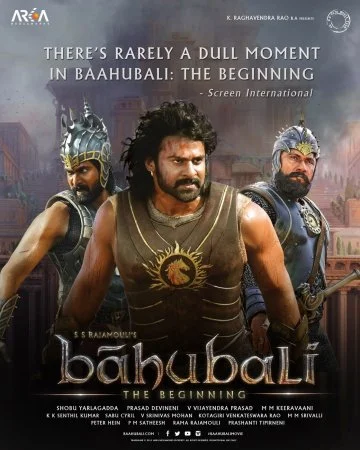






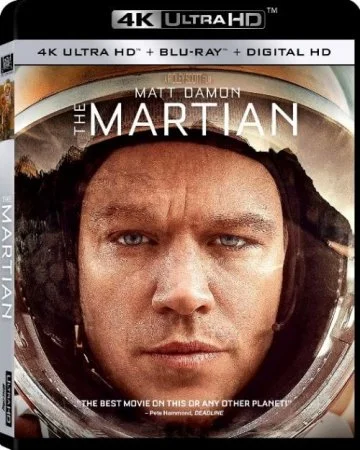
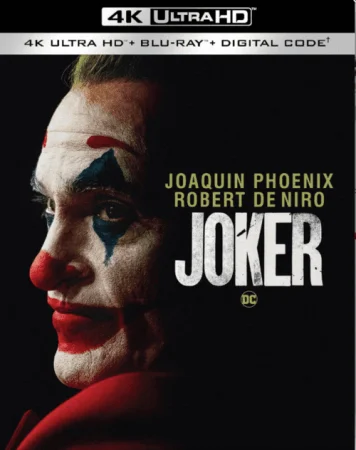
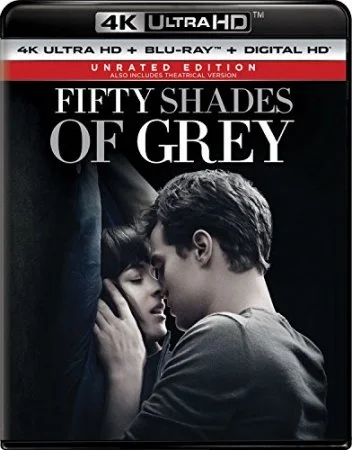


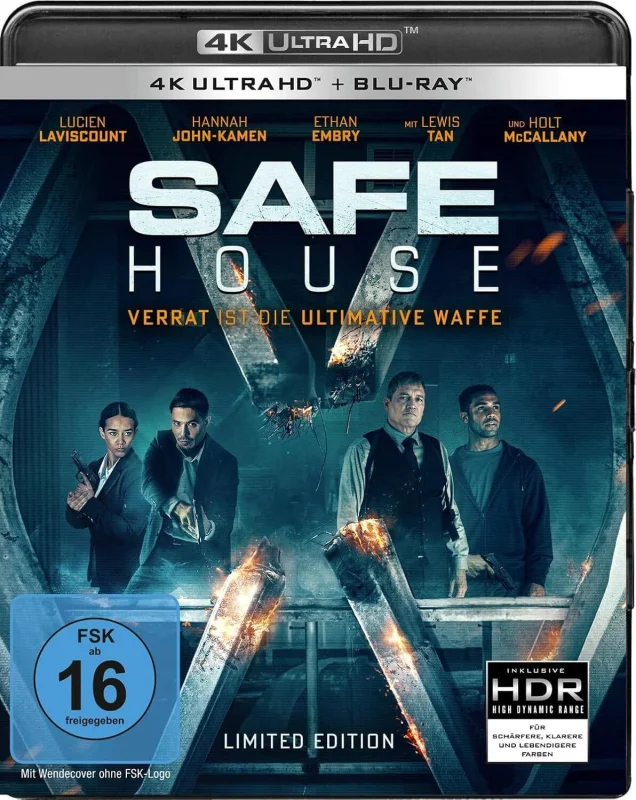

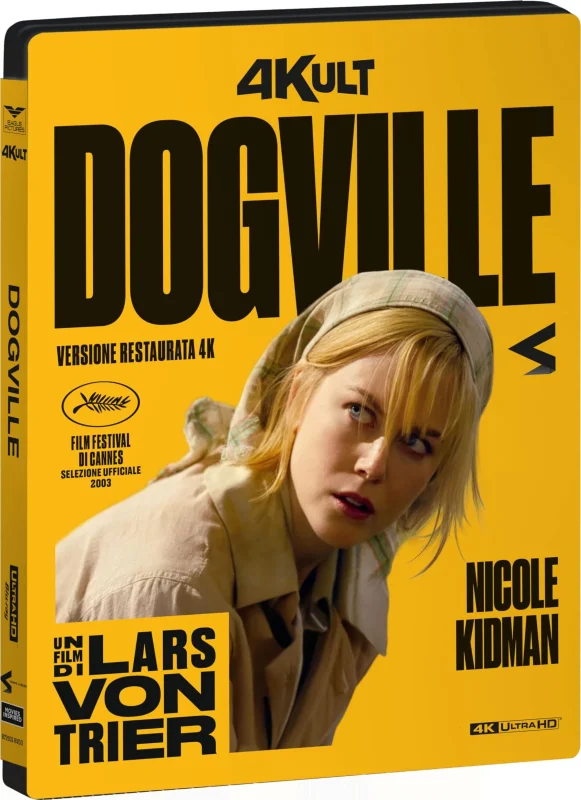





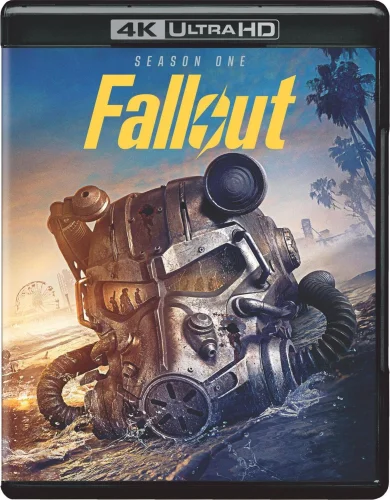
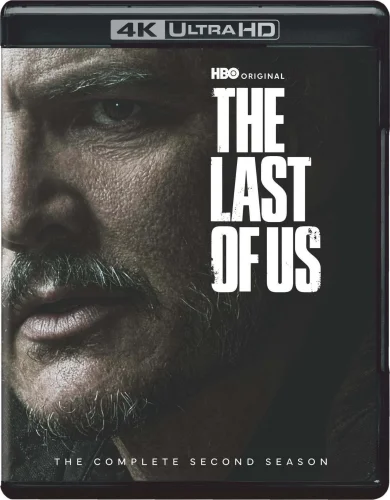
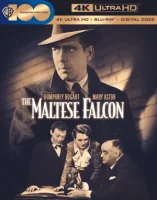
 Like
Like Don't Like
Don't Like